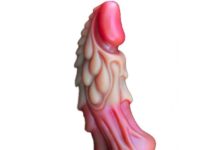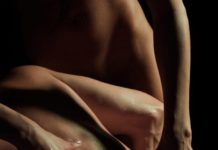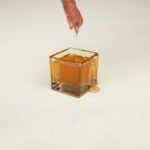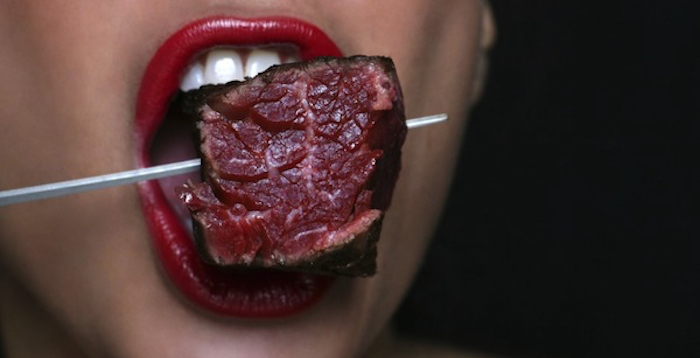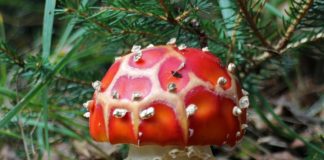You know the feeling… butterflies, waves of pleasure, toes curling, involuntary noises and a racing heart? All these things are happening during orgasms. But have you ever thought, what is happening with your body? What is the brain doing? What role is anatomy playing? While there has been a history of research in human sexuality, studying orgasms is new. It was not until 1953 that a female orgasm was recognized. Before that, it was believed that woman received no pleasure from sex, and it was meant to be pleasurable for the male. We have used magnetic resonance imaging to determine what the brain does during orgasms. Based on a set of determinates, the test showed that the logical part of the brain shuts down during sex.
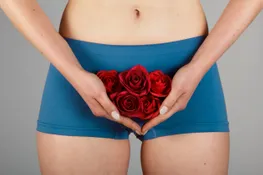 Multiple spatially remote brain regions are involved in the sexual response cycle. The hypothalamus, thalamus, substantia nigra, sensory cortex and motor areas go into overdrive during the big ‘O’. This allows the body to react to touch, fantasies, and sexual memories. The hypothalamus is producing oxytocin, which is the snuggle, feel good hormone increasing arousal thus pleasure. Another hormone the brain releases is a surge of dopamine. The purpose of dopamine is to allow for feelings of pleasure, desire, and motivation in the prefrontal cortex. Prolactin is also released at orgasm. It is the overall feeling of satisfaction that comes with the orgasm and not for nothing, it also produces milk. This is mainly because of the increase of blood flow and release of hormones. Serotonin is released after an orgasm. This hormone promotes a good mood and relaxation maybe even a little sleepy.
Multiple spatially remote brain regions are involved in the sexual response cycle. The hypothalamus, thalamus, substantia nigra, sensory cortex and motor areas go into overdrive during the big ‘O’. This allows the body to react to touch, fantasies, and sexual memories. The hypothalamus is producing oxytocin, which is the snuggle, feel good hormone increasing arousal thus pleasure. Another hormone the brain releases is a surge of dopamine. The purpose of dopamine is to allow for feelings of pleasure, desire, and motivation in the prefrontal cortex. Prolactin is also released at orgasm. It is the overall feeling of satisfaction that comes with the orgasm and not for nothing, it also produces milk. This is mainly because of the increase of blood flow and release of hormones. Serotonin is released after an orgasm. This hormone promotes a good mood and relaxation maybe even a little sleepy.
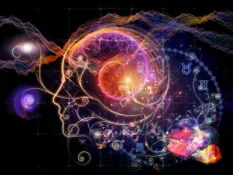 Basically, the brain before, during and after orgasm is the same as the reactions of doing drugs or listening to your favorite song. The brain does not tell the difference between sex and other pleasurable experiences like eating ice cream at 9pm. It also sends off chemicals that can lessen pain. That’s right, orgasm can cure a headache. The pituitary gland releases endorphins, oxytocin and vasopressin which promote pain reduction, bonding and intimacy.
Basically, the brain before, during and after orgasm is the same as the reactions of doing drugs or listening to your favorite song. The brain does not tell the difference between sex and other pleasurable experiences like eating ice cream at 9pm. It also sends off chemicals that can lessen pain. That’s right, orgasm can cure a headache. The pituitary gland releases endorphins, oxytocin and vasopressin which promote pain reduction, bonding and intimacy.
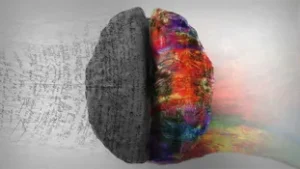 If you think the brain is busy, check out what your anatomy is doing in the process. The internal organs composing the sexual anatomy of the male include the epididymis, vas deferens, seminal vesicles, prostate gland, Cowper’s glands, and urethra. The most prominent part of a male’s sexual anatomy is his penis. The penis has three primary functions: Initiating orgasm and transporting semen and urine from the body. It is made of the base, shaft, and glans. The base and shaft are where the erectile tissue and muscles are. In addition, there is the scrotum and the testicles. The scrotum is the sac of wrinkled skin behind and below the penis that contain the testicles. For vulvas owner, the process is more complex. This makes orgasm depend upon development in the womb. It’s called the CUV Complex. It stands for Clitoral-Urethra-Vagina with the cervix and perineal sponge. The vulva is the most obvious part of the clitoris. There is the clitoral hood which is either attached to the inner lips or not attached at all. There is the shaft that is located near the pubic bone.
If you think the brain is busy, check out what your anatomy is doing in the process. The internal organs composing the sexual anatomy of the male include the epididymis, vas deferens, seminal vesicles, prostate gland, Cowper’s glands, and urethra. The most prominent part of a male’s sexual anatomy is his penis. The penis has three primary functions: Initiating orgasm and transporting semen and urine from the body. It is made of the base, shaft, and glans. The base and shaft are where the erectile tissue and muscles are. In addition, there is the scrotum and the testicles. The scrotum is the sac of wrinkled skin behind and below the penis that contain the testicles. For vulvas owner, the process is more complex. This makes orgasm depend upon development in the womb. It’s called the CUV Complex. It stands for Clitoral-Urethra-Vagina with the cervix and perineal sponge. The vulva is the most obvious part of the clitoris. There is the clitoral hood which is either attached to the inner lips or not attached at all. There is the shaft that is located near the pubic bone.
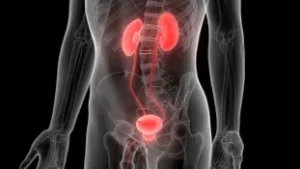 The pelvis bone is V-shaped, and the clitoral legs run down them. If you press against your pubic bone and move upward, you will be able to activate these legs. Hence why grinding feels so good. The vestibular bulbs connect to the clitoral legs swell with arousal and can cause the outer lips to swell. The bulbs are known as the Skene’s Gland which are connected to the urethral sponge and holds the fluid that is ejaculated. The urethral opening is a part of the inner lips that sit below the clitoris and above the vaginal opening.
The pelvis bone is V-shaped, and the clitoral legs run down them. If you press against your pubic bone and move upward, you will be able to activate these legs. Hence why grinding feels so good. The vestibular bulbs connect to the clitoral legs swell with arousal and can cause the outer lips to swell. The bulbs are known as the Skene’s Gland which are connected to the urethral sponge and holds the fluid that is ejaculated. The urethral opening is a part of the inner lips that sit below the clitoris and above the vaginal opening.
Often, we see the cervix as something used in pregnancy, however it holds a pleasurable punch for some as well. It is essentially the opening to the uterus, but you don’t want to enter it. Simply touching the cervix activates the pelvic nerve that sends pleasurable signals in the uterus, cervix, and upper vagina. This can result in deeper cervical orgasms. The P-spot and is located between the vagina and the rectum. When engorged with arousal and massaged you can experience an orgasm. The Bartholin’s glands cause the vagina to lubricate. Lubrication is crucial when penetrating. The brain and body are going through a lot all at once before, during and after an orgasm. Knowing this information can help you create your best experiences.
